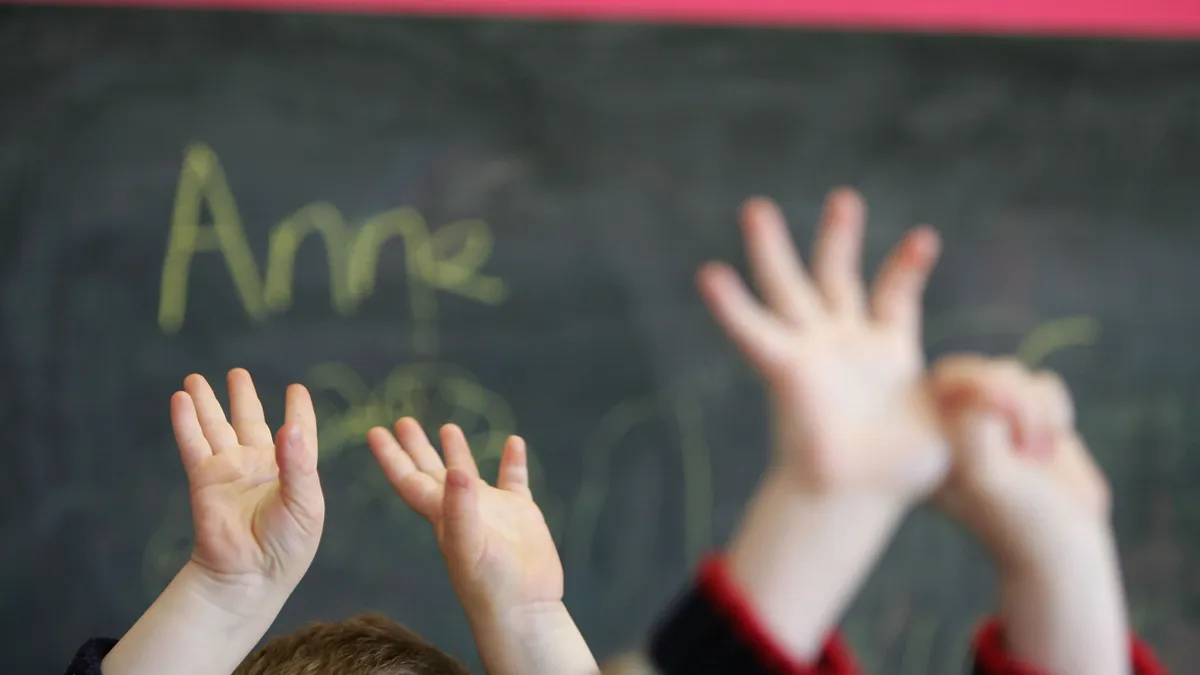Dive Brief:
- Educators can introduce young students to the concept of censorship in myriad ways including through picture books, said Fabienne Doucet, executive director of the Metropolitan Center for Research on Equity and the Transformation of Schools at NYU’s Steinhardt School of Culture, Education, and Human Development.
- Educators can open up a dialogue about why a book is banned, including asking about students' reactions. However, Doucet notes that educators should check whether young students can make a relevant connection to something they have experienced before introducing topics.
- "For very young children, like preschoolers, this particular conversation would probably be most relevant in states or schools or classrooms where books have been taken off shelves because something tangible has changed so the door has naturally opened for the conversation to occur,” said Doucet, who is also an associate professor of Early Childhood and Urban Education at NYU.
Dive Insight:
One title Doucet points to is “The Great Banned-Books Bake Sale,” about an immigrant child, Kanzi, who finds books about immigrant children and children of color have disappeared from the school library.
As another example of how to begin a conversation about book-banning and how it can expand into other topics, Doucet points to a well-known children’s book, “And Tango Makes Three,” based on the true story about two male penguins at the Central Park Zoo who raised a baby penguin, Tango, together.
The title has been on the list of the most banned books by the American Library Association for years and was in the top 10 most challenged titles in California in 2022. Doucet said that if a child goes to look for the book at a public or school library and finds it removed, an educator could use that to launch a conversation about how some people “don’t think children should have two dads — just one dad and one mom.”
“I would then ask the child what they thought about what I had just shared, and I would follow their lead in terms of their questions, making sure to say that we believe all families are beautiful, and it doesn't matter who is in a family as long as they love and are kind to each other,” she said.
Doucet added that when introducing a topic such as book banning, educators need to be mindful of the community within their classroom and take a careful approach. Just as adults may have differing opinions and have different lived experiences, so too do the students in their classes, she said.
“Educators always have the delicate job of not alienating students in their classrooms as they are likely to come from a diversity of backgrounds, so it is important not to paint people with differing opinions as ‘bad,’" Doucet said.
“Young children are remarkably capable of understanding the world around them, and they are ready for what we might think of as 'difficult conversations' a lot earlier than we might think,” she said. “The key is to use language and examples that make sense to them — that they can fit into their construction of the world.”






 Dive Awards
Dive Awards







